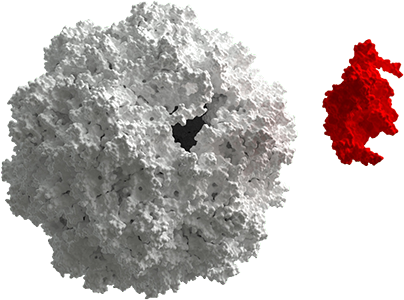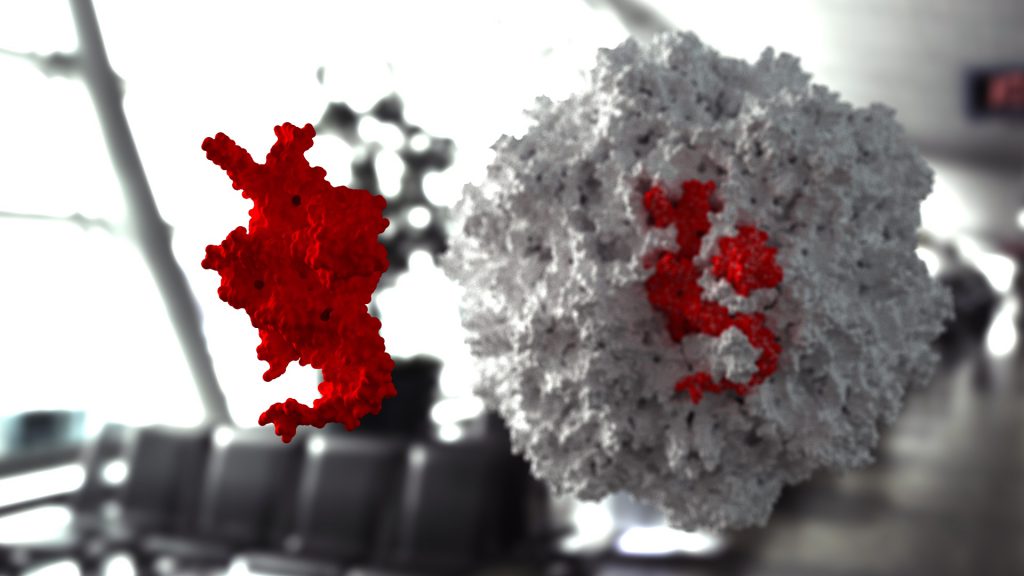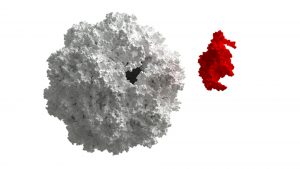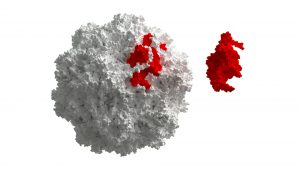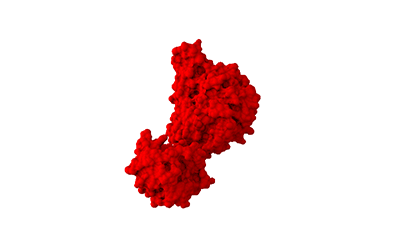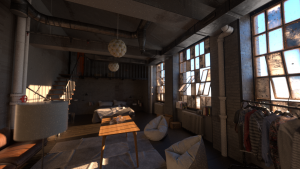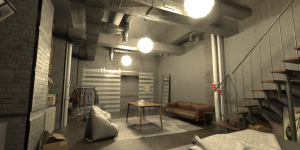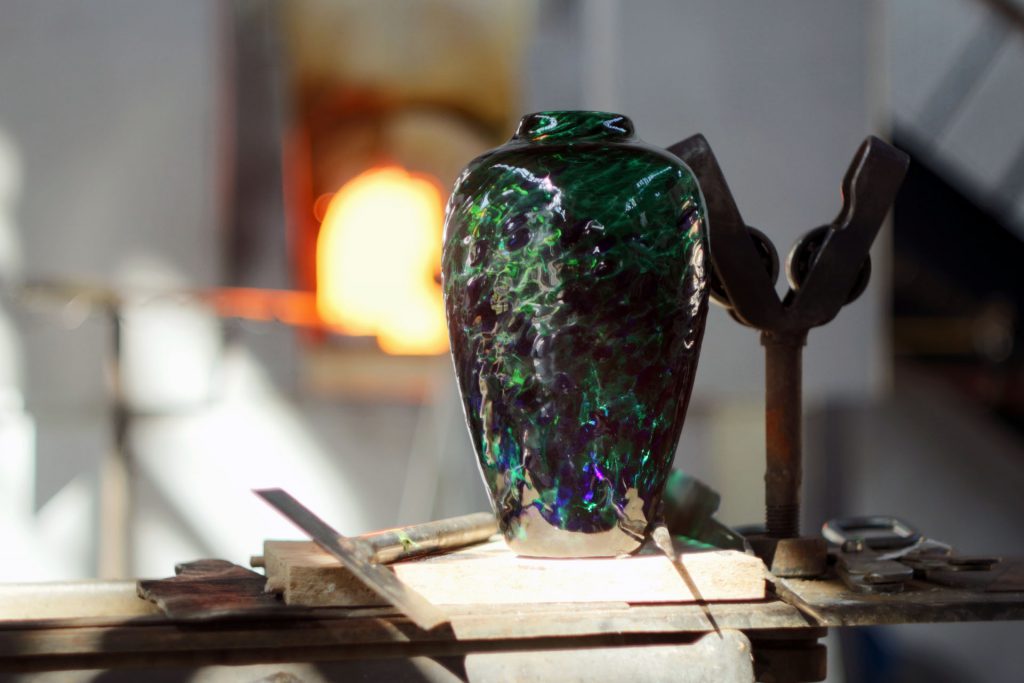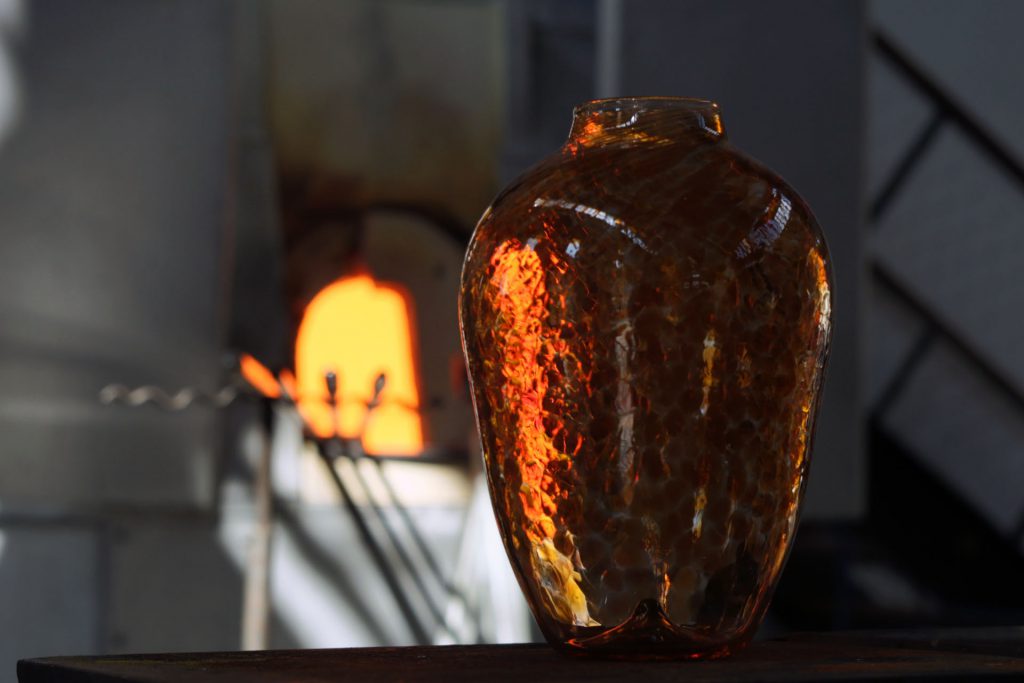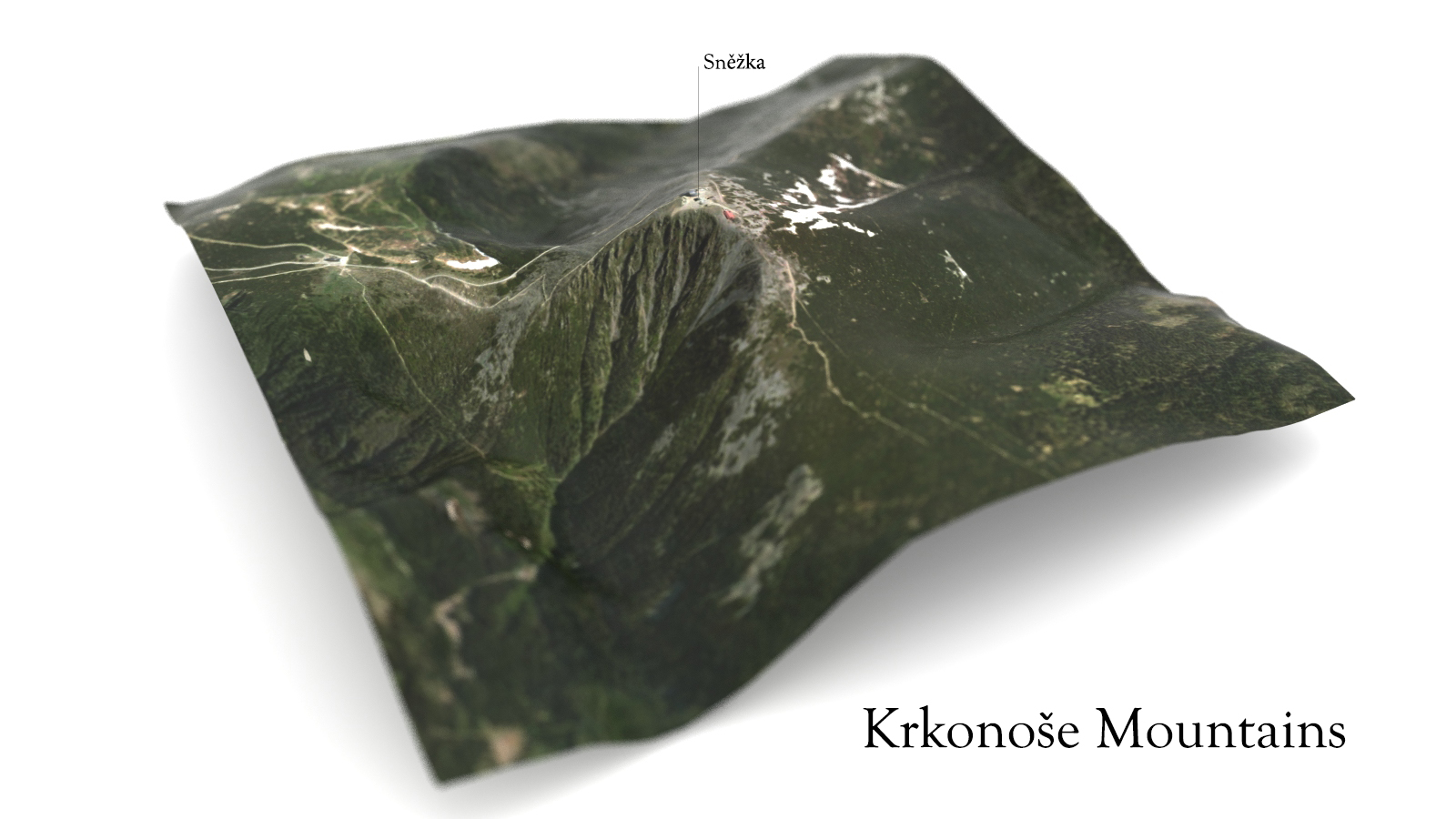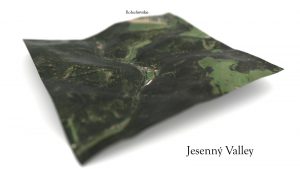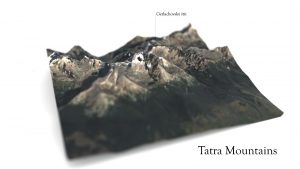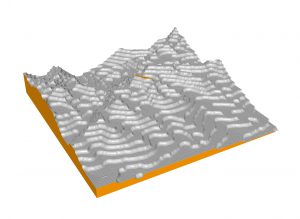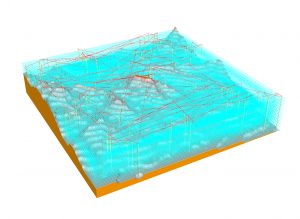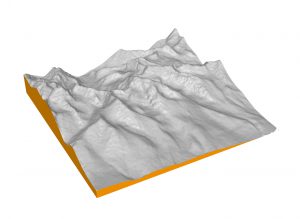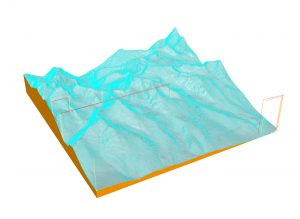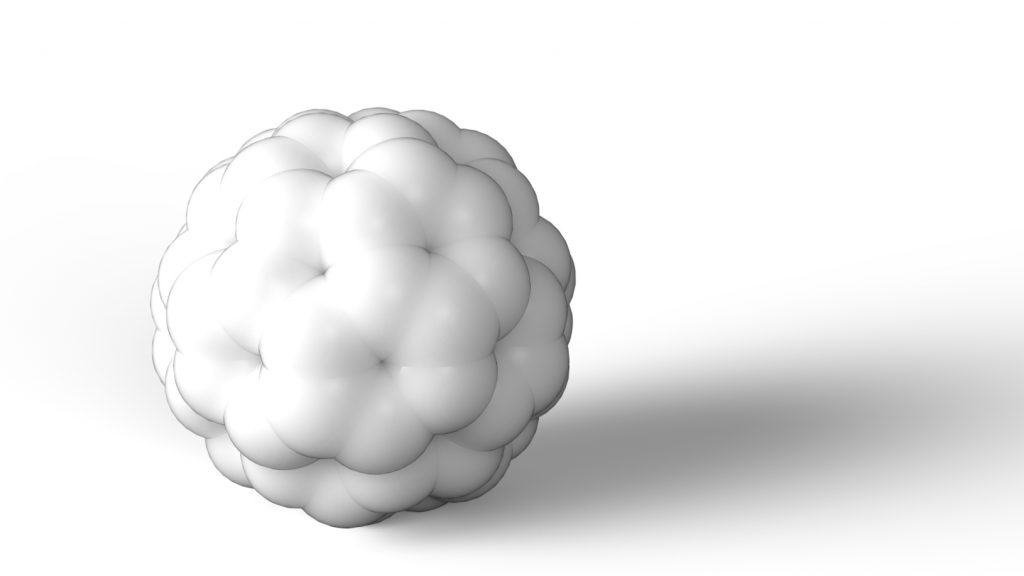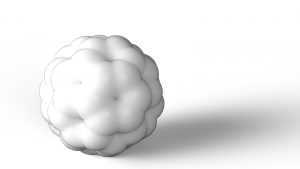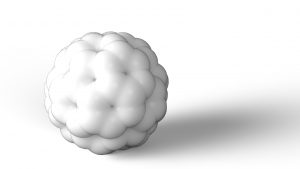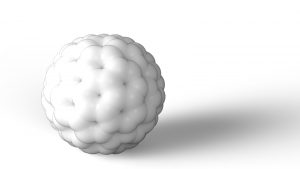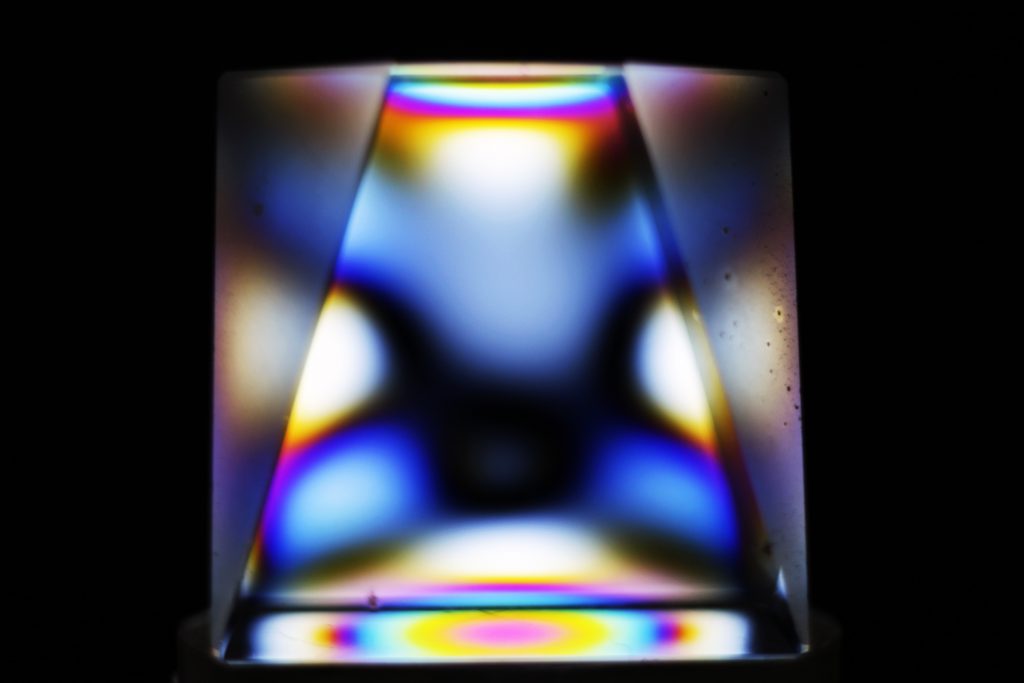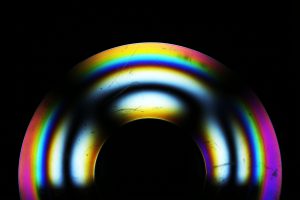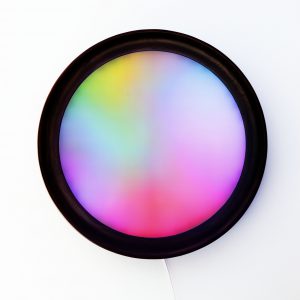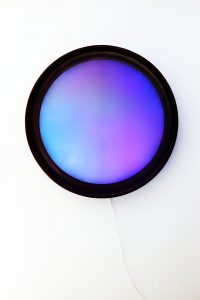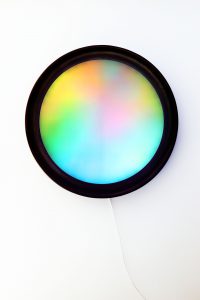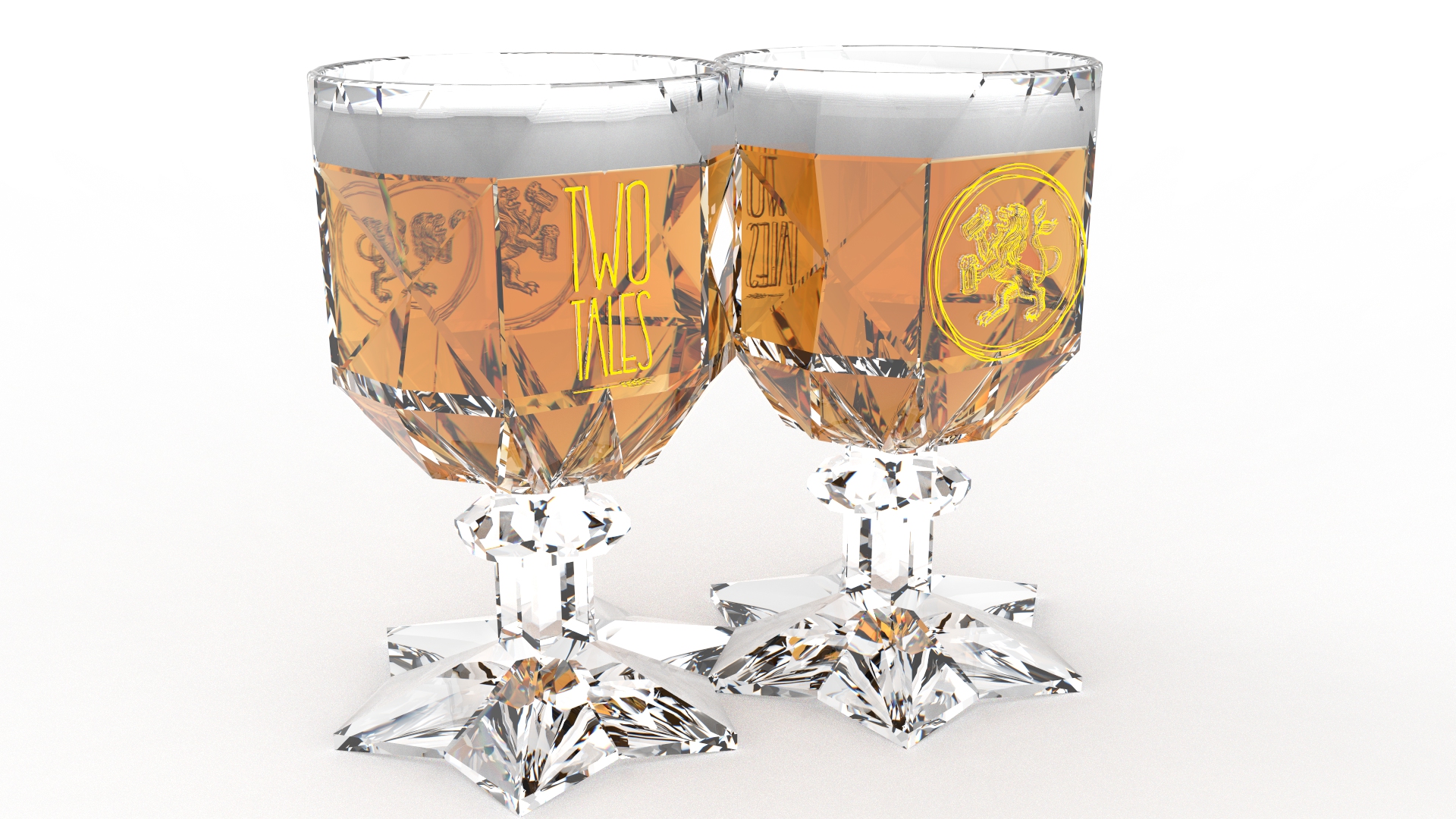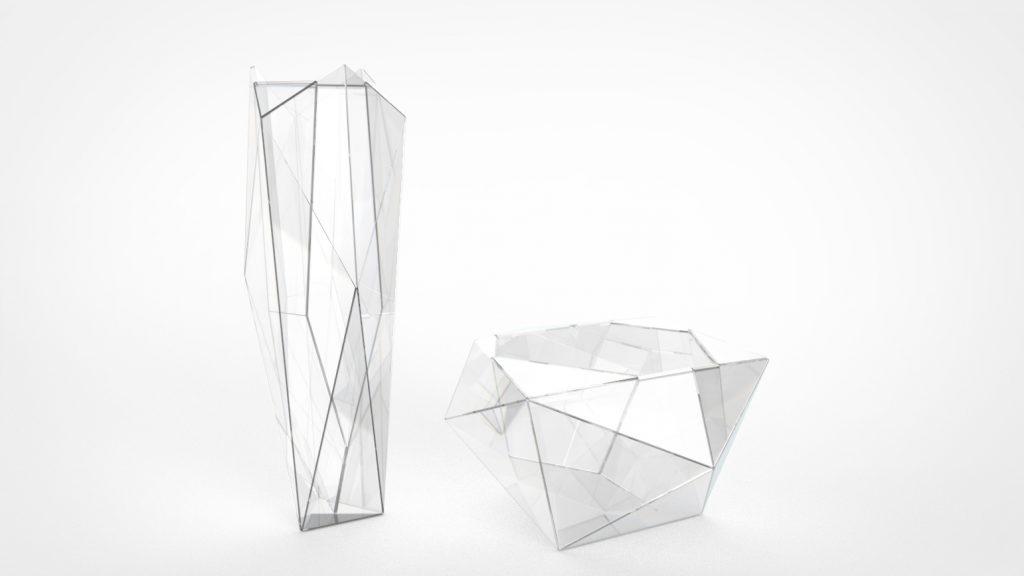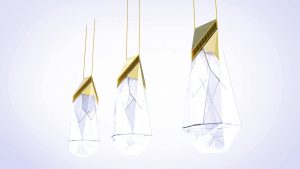Microwave Plasma Light
Plasma Ignition: 1] arc in the argon gas -> 2] solid sulphur melting -> 3] liquid sulphur vaporizing -> 4)sulphur gas molecules and atoms loosing electrons from orbitals = plasma = quasi neutral gas made out of positive charged nuclei ions and separated electrons from orbitals moving in electromagnetic field.
-this is low temperature plasma, only about 3000°C, still enough to melt the 3cm in diameter quartz glass bulb containing everything iside, it would melt at 1670°C if not cooled by air.
-energy is distributed without electrodes, trough the waveguide by magnetic and electric field of microwaves, 2,45GHz (same frequency as WIFI, just much more Watts)
-light distributed from this light source is made by atomic and molecular emmision, when electron from higher orbital is going on to the lower orbital, then the foton of visible light is transmited from electron
-electron gets the energy back again from the microwaves, so it is excited / jump up on higher orbital and after a while if posibble, it jumps to the lower energy level possible again while creating foton of light
-light form this source is very similar to the light made by sun, because it has continuous spectrum of clours, so you can see everything like in the day light (great for film industry or photography)
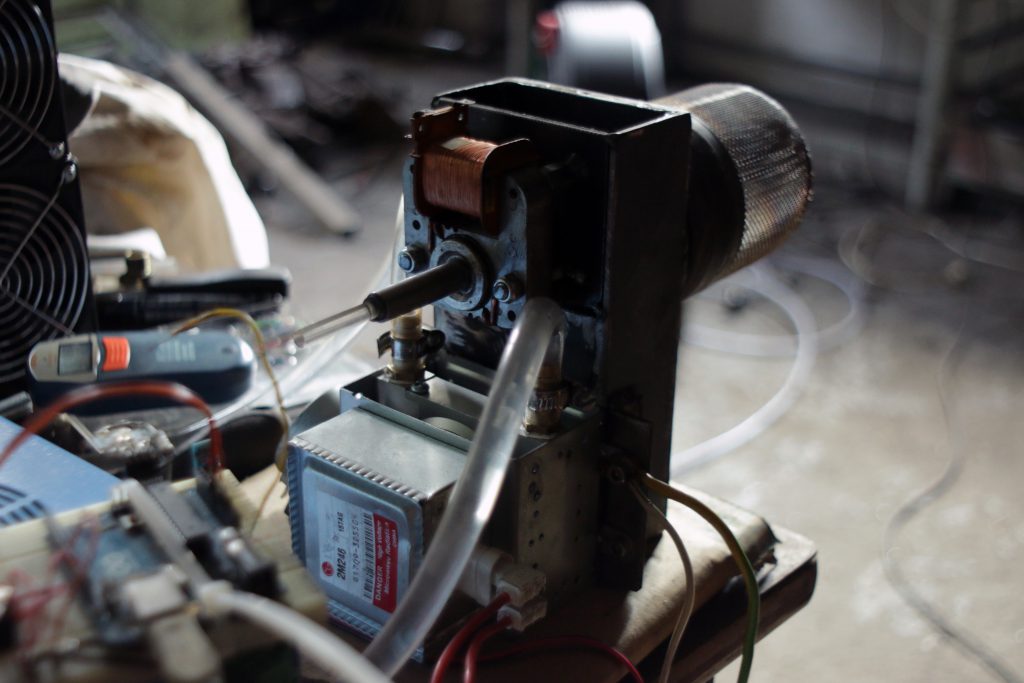
*NEW prototype HW, 1000W water cooled magnetron with cooling system for PC + variable power source 50 – 1500W. Construction of the wave guide and motor are used from the old prototype now, new design of the waveguide and motor is under construction.
